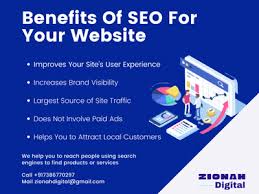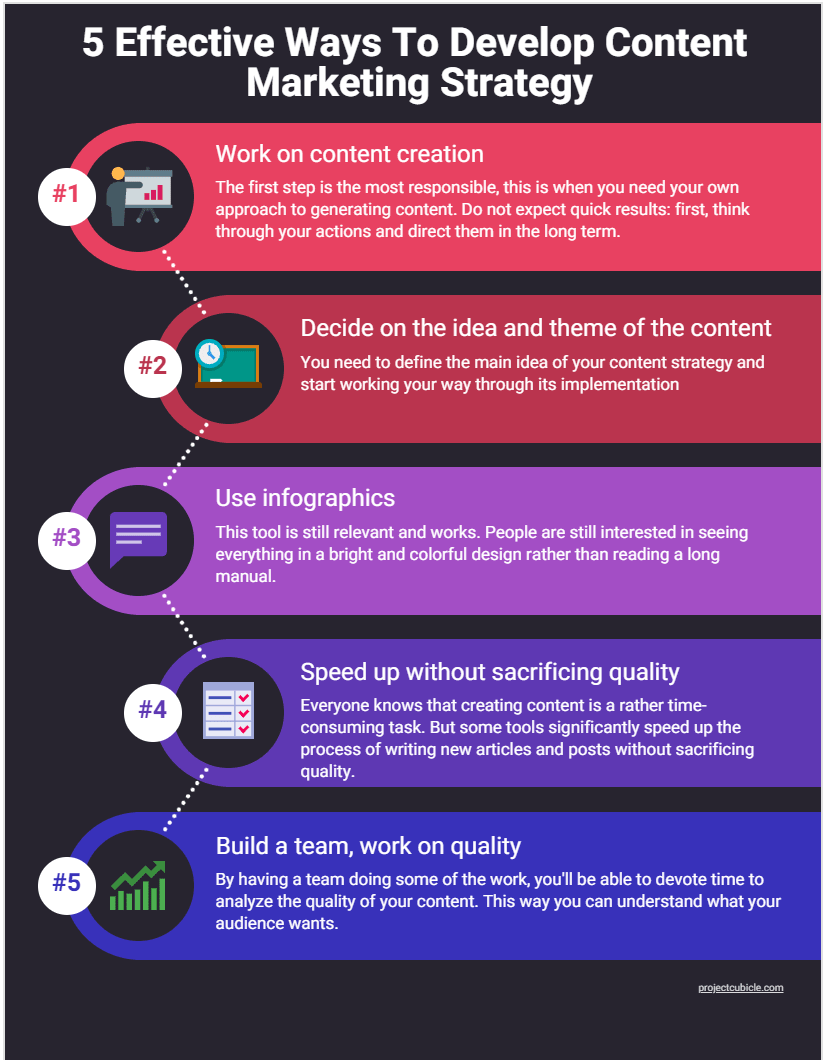The Power of SEM, SEO, and Digital Marketing
In today’s digital age, Search Engine Marketing (SEM) and Search Engine Optimization (SEO) play crucial roles in the success of any online business. These tools are essential components of a comprehensive digital marketing strategy that can significantly impact a company’s online visibility and reach.
Search Engine Marketing (SEM)
SEM involves paid advertising to increase a website’s visibility on search engine results pages (SERPs). By bidding on keywords relevant to their target audience, businesses can place ads that appear at the top of search results. This immediate visibility can drive traffic to a website and generate leads or sales.
Search Engine Optimization (SEO)
On the other hand, SEO focuses on improving a website’s organic search rankings through various strategies such as keyword optimization, content creation, link building, and technical enhancements. By enhancing a site’s relevance and authority in the eyes of search engines like Google, businesses can attract more organic traffic over time.
The Synergy of SEM and SEO
While SEM provides instant visibility through paid ads, SEO builds a strong foundation for long-term success by improving organic rankings. When used together strategically, SEM and SEO complement each other to maximise results. Businesses can target specific keywords with SEM while simultaneously working to improve their organic rankings for those same keywords through SEO efforts.
Digital Marketing Integration
SEM and SEO are integral parts of a broader digital marketing strategy that encompasses various online channels such as social media, content marketing, email campaigns, and more. By integrating SEM and SEO with other digital marketing tactics, businesses can create a cohesive approach that reaches their target audience across multiple touchpoints.
Conclusion
In conclusion, SEM, SEO, and digital marketing are powerful tools that businesses can leverage to enhance their online presence and drive growth. By understanding the unique benefits of each strategy and integrating them effectively into a comprehensive digital marketing plan, companies can achieve greater visibility, attract more customers, and ultimately succeed in the competitive online landscape.
Seven Advantages of SEM and SEO in Digital Marketing: Boosting Visibility, Targeting Audiences, and Driving Results
- Increased online visibility
- Targeted advertising to specific audiences
- Cost-effective compared to traditional marketing methods
- Measurable results and ROI tracking
- Enhanced brand awareness and credibility
- Improved website traffic and lead generation
- Adaptability to changing market trends and consumer behaviour
Challenges of SEM and SEO in Digital Marketing: High Costs, Continuous Monitoring, Time Demands, and Alignment Risks
- 1. Costly Investment
- 2. Constant Monitoring Required
- 3. Time-Consuming Process
- 4. Potential for Misalignment
Increased online visibility
Increased online visibility is a key advantage of utilising SEM, SEO, and digital marketing strategies. By implementing targeted SEM campaigns and optimising website content for SEO, businesses can enhance their presence on search engine results pages and attract more relevant traffic. This heightened visibility not only improves brand recognition but also increases the likelihood of capturing the attention of potential customers who are actively searching for products or services in their industry. Ultimately, by boosting online visibility through SEM, SEO, and digital marketing efforts, businesses can expand their reach and drive valuable engagement with their target audience.
Targeted advertising to specific audiences
Targeted advertising to specific audiences is a key advantage of SEM, SEO, and digital marketing strategies. By leveraging SEM techniques such as keyword targeting and demographic filters, businesses can tailor their ads to reach the most relevant audience segments. Similarly, SEO efforts help improve organic search rankings for specific keywords that are relevant to the target audience. This targeted approach ensures that marketing messages are seen by those most likely to be interested in the products or services offered, leading to higher conversion rates and a more efficient use of marketing resources.
Cost-effective compared to traditional marketing methods
In the realm of digital marketing, one significant advantage of SEM and SEO is their cost-effectiveness when compared to traditional marketing methods. Unlike traditional advertising avenues that often require substantial financial investments, SEM and SEO offer businesses a more budget-friendly approach to reaching their target audience. With SEM, businesses can set specific budgets for their paid campaigns and only pay when users click on their ads, ensuring that they maximise their marketing spend. Similarly, SEO efforts focus on organic search visibility through strategic content creation and optimisation techniques, providing a long-term solution that generates sustainable results without the need for continuous high costs. This affordability makes SEM and SEO attractive options for businesses looking to achieve impactful marketing outcomes while staying within budget constraints.
Measurable results and ROI tracking
One significant advantage of SEM, SEO, and digital marketing is the ability to deliver measurable results and track Return on Investment (ROI) effectively. Through various analytics tools and data tracking mechanisms, businesses can monitor the performance of their online campaigns in real-time. This transparency allows companies to assess the impact of their SEM and SEO efforts accurately, identify areas for improvement, and adjust strategies to maximise ROI. By quantifying the outcomes of digital marketing initiatives, organisations can make informed decisions to optimise their online presence and achieve tangible business objectives.
Enhanced brand awareness and credibility
Enhanced brand awareness and credibility are key benefits of incorporating SEM, SEO, and digital marketing strategies into a company’s online presence. By utilising SEM to place targeted ads at the top of search engine results pages and implementing SEO techniques to improve organic search rankings, businesses can increase their visibility to potential customers. This heightened visibility not only boosts brand recognition but also establishes credibility in the eyes of consumers, as appearing prominently in search results signals authority and trustworthiness. Overall, the combination of SEM, SEO, and digital marketing efforts can elevate a brand’s online reputation and enhance its standing within the competitive digital landscape.
Improved website traffic and lead generation
By utilising SEM, SEO, and digital marketing strategies, businesses can experience a significant boost in website traffic and lead generation. Through targeted keyword campaigns and optimised content, companies can enhance their online visibility and attract a higher volume of qualified visitors to their websites. This increase in traffic not only improves brand awareness but also creates more opportunities for lead generation, ultimately leading to higher conversion rates and business growth. By leveraging the power of SEM, SEO, and digital marketing in tandem, businesses can effectively drive quality traffic to their websites and generate valuable leads that contribute to their overall success in the competitive online landscape.
Adaptability to changing market trends and consumer behaviour
In the realm of SEM, SEO, and digital marketing, a significant advantage lies in their adaptability to evolving market trends and shifts in consumer behaviour. These strategies allow businesses to stay agile and responsive, adjusting their tactics in real-time to align with changing customer preferences and industry dynamics. By monitoring data insights and performance metrics, companies can refine their SEM and SEO approaches to better resonate with their target audience, ensuring that their online presence remains relevant and competitive amidst a dynamic marketplace.
1. Costly Investment
In the realm of digital marketing, one significant drawback of Search Engine Marketing (SEM) is its costly nature. Particularly when targeting competitive keywords, SEM campaigns can quickly become expensive, resulting in high advertising costs for businesses. The need to bid on popular keywords to secure top ad placements can escalate the overall investment required for SEM efforts, making it a challenging financial commitment for some organisations. This cost factor highlights the importance of careful budgeting and strategic planning to ensure that SEM campaigns deliver a satisfactory return on investment amidst the competitive landscape of online advertising.
2. Constant Monitoring Required
One significant drawback of Search Engine Marketing (SEM) and Search Engine Optimization (SEO) in digital marketing is the constant monitoring and adjustment needed to stay abreast of search engine algorithm updates. SEO, in particular, demands continuous vigilance to ensure that a website remains optimised for search engines’ evolving criteria. This ongoing process can be time-consuming and resource-intensive, requiring regular assessments and modifications to maintain or improve search rankings effectively. Failure to monitor and adapt to algorithm changes promptly can result in a loss of visibility and competitiveness in the online landscape.
3. Time-Consuming Process
One significant drawback of incorporating SEO into a digital marketing strategy is the time-consuming nature of the process. Unlike the immediate visibility provided by SEM through paid ads, SEO results necessitate patience and ongoing effort to yield substantial improvements. Optimising a website for search engines, creating high-quality content, building relevant backlinks, and monitoring performance metrics all require time and consistent dedication before noticeable results can be achieved. This time investment can be a challenge for businesses seeking quick returns or those operating in fast-paced industries where rapid changes are common.
4. Potential for Misalignment
In the realm of SEM and SEO digital marketing, a notable con lies in the potential for misalignment. When not coordinated effectively, SEM and SEO efforts run the risk of conflicting or duplicating each other, ultimately resulting in inefficiencies within digital marketing campaigns. This lack of synchronisation can lead to wasted resources, confusion in messaging, and a disjointed approach that hinders the overall effectiveness of a company’s online marketing strategies. It is crucial for businesses to carefully align their SEM and SEO tactics to avoid such pitfalls and ensure a harmonious and streamlined digital marketing campaign.




